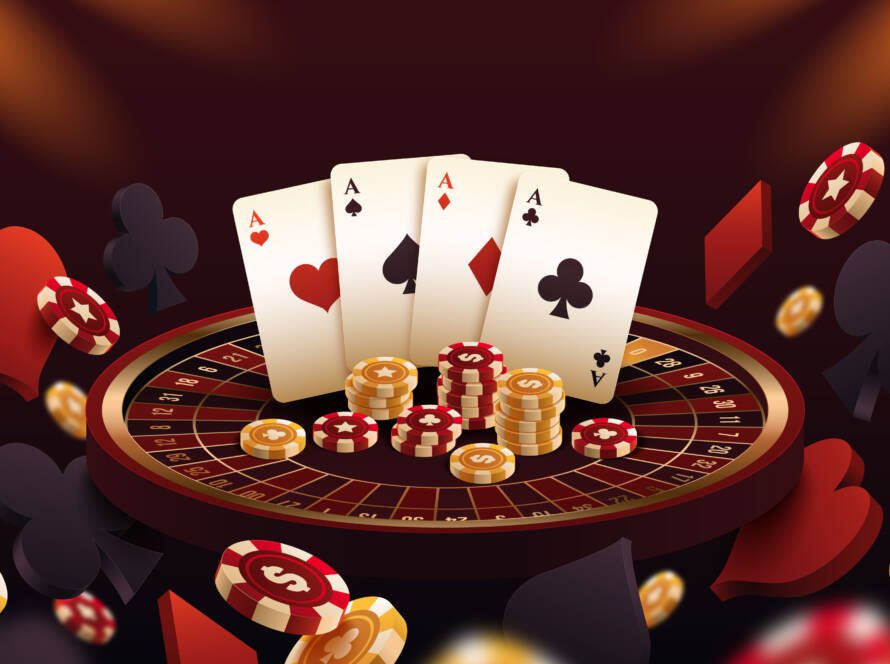7 Practical Tips For Making The Most Out Of Your Baccarat Evolution Game
The Evolution of Baccarat: A Journey Through Time
Baccarat, a game of elegance and simplicity, has an abundant and storied history that covers centuries. From its origins in 15th-century Italy to its present status as a favorite in both land-based and online casinos, baccarat has undergone significant changes. This post explores the evolution of baccarat, exploring its origins, crucial turning points, and its adjustment to the digital age.
Origins and Early History
Baccarat is believed to have come from Italy during the 1400s. The game was initially known as “baccara,” which indicates “no” in Italian, describing the value appointed to all tens and face cards. It was later on presented to France throughout the reign of Charles VIII, where it became a favorite among the nobility. 에볼루션카지노 Evolution Korea and the component of opportunity made it especially attracting the French aristocracy.
In the 19th century, baccarat started to spread out to other parts of Europe and eventually to the United States. Nevertheless, it remained a game mainly associated with the elite and high-stakes gamblers. The game's popularity in the United States can be traced back to the early 20th century when it was introduced to Las Vegas gambling establishments.
Key Milestones in Baccarat's Evolution
Introduction to the United States
- 1950s: Baccarat was presented to Las Vegas by casino operators who saw its potential to bring in high rollers. The game rapidly became a staple in high-stakes rooms.
- 1960s: The game got much more popularity with the introduction of the “mini-baccarat” variant, which enabled more gamers to participate and made the game more available to a more comprehensive audience.
International Expansion
- 1970s-1980s: Baccarat's popularity spread to other parts of the world, particularly in Asia. Macau, in particular, ended up being a hub for baccarat, with the game becoming a considerable motorist of the area's casino market.
- 1990s: The game continued to develop with the intro of brand-new variations and betting choices, making it more enticing to a broader range of gamers.
Digital Revolution
- 2000s: The rise of online gambling establishments marked a considerable turning point for baccarat. Online platforms made the game accessible to an international audience, breaking down geographical barriers.
- 2010s: The arrival of live dealer games, where players can interact with a real dealer by means of a video stream, brought a brand-new level of authenticity and excitement to online baccarat.
Modern Variants of Baccarat
Today, baccarat is offered in several versions, each with its own unique guidelines and betting choices. Here are a few of the most popular variants:
- Punto Banco: This is the most typical variation of baccarat and is played in the majority of gambling establishments. The game is simply based on opportunity, with the dealer and gamer hands identified by a set of guidelines.
- Chemin de Fer: This version is more tactical and is primarily played in European casinos. Players take turns being the banker, and there is more gamer interaction and decision-making.
- Baccarat Banque: Also referred to as “à deux tableaux,” this variation is similar to Chemin de Fer but with a fixed banker position.
- Mini-Baccarat: This is a faster-paced version of Punto Banco, usually played on a smaller table with fewer gamers. It is more accessible and popular in numerous gambling establishments.
The Future of Baccarat
As innovation continues to advance, the future of baccarat looks appealing. Here are some patterns that are likely to shape the game in the coming years:
- Virtual Reality (VR) and Augmented Reality (AR): These innovations could reinvent the method players experience baccarat, using a more immersive and interactive environment.
- Mobile Gaming: The increase of mobile phones has made it much easier for players to gain access to baccarat on the go. Mobile gambling establishments are expected to end up being a lot more prevalent.
- AI and Machine Learning: These technologies could be used to enhance the gaming experience, providing customized recommendations and enhancing the fairness and openness of the game.
FAQs
Q: What is the origin of baccarat?A: Baccarat is thought to have come from Italy during the 1400s and was later on introduced to France. The game's simplicity and the aspect of chance made it especially attracting the French upper class.
Q: What are the different variants of baccarat?A: The most popular variations of baccarat include Punto Banco, Chemin de Fer, Baccarat Banque, and Mini-Baccarat. Each variation has its own distinct guidelines and betting alternatives.
Q: How has baccarat evolved gradually?A: Baccarat has evolved from a game primarily played by the elite to a worldwide phenomenon. Secret turning points include its intro to the United States, the infect Asia, and the rise of online and live dealer games.
Q: What is the future of baccarat?A: The future of baccarat is most likely to be shaped by technological advancements such as virtual reality, augmented reality, mobile gaming, and AI. These technologies will enhance the gaming experience and make baccarat more accessible to an international audience.
Q: How do I play baccarat?A: Baccarat is a reasonably basic game to play. Players bank on either the player hand, the banker hand, or a tie. The dealer then deals 2 hands, and the hand closest to 9 wins. The game is based on opportunity, and the guidelines for drawing extra cards are predetermined.
Baccarat has actually come a long way because its beginning in 15th-century Italy. From its early days as a game for the elite to its existing status as a global phenomenon, baccarat has actually continuously evolved to fulfill the altering needs and choices of gamers. Whether in a land-based casino or an online platform, baccarat stays a game of sophistication, simpleness, and excitement. As innovation continues to advance, the future of baccarat looks brighter than ever, promising new and innovative methods to enjoy this timeless game.
